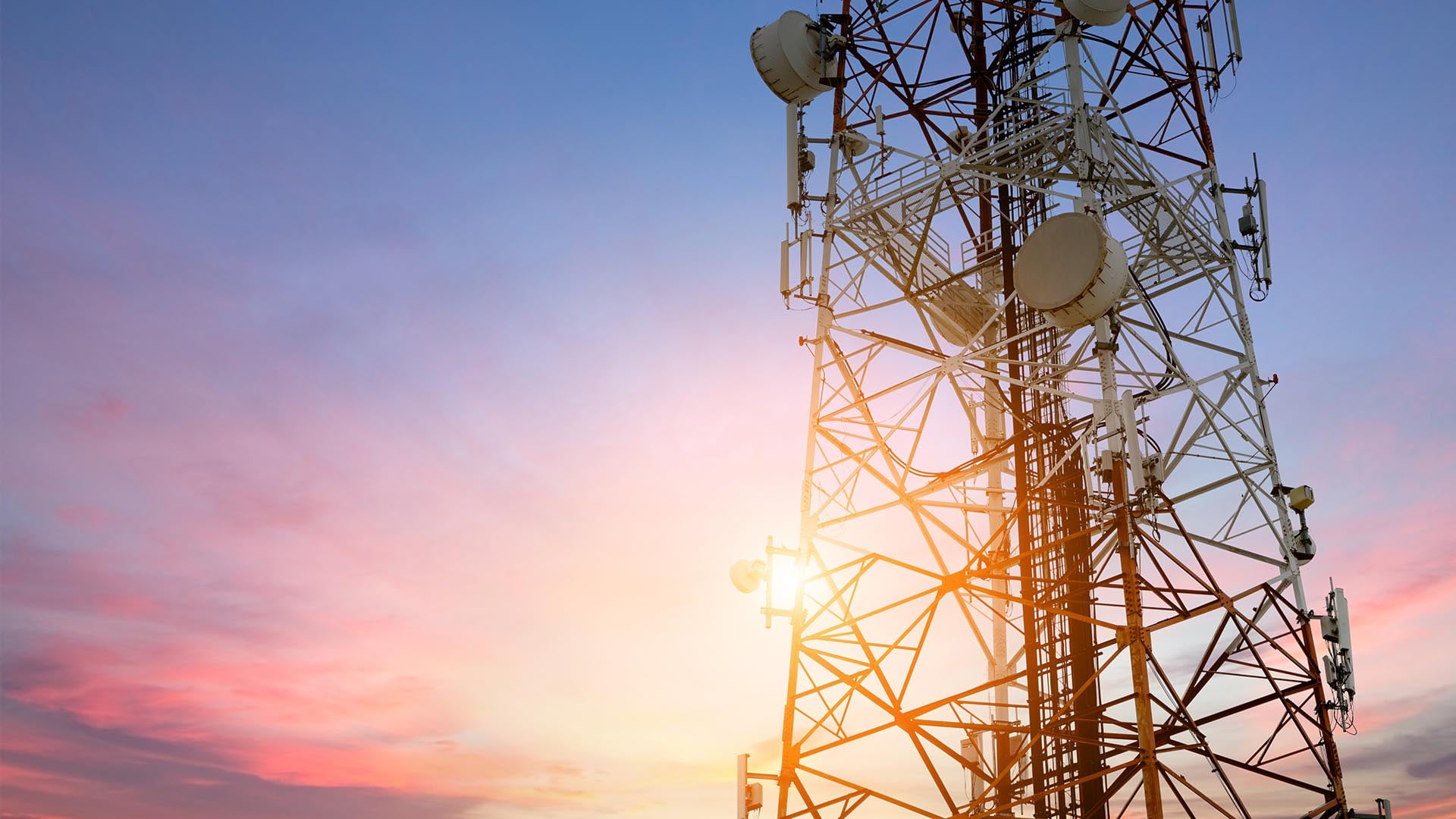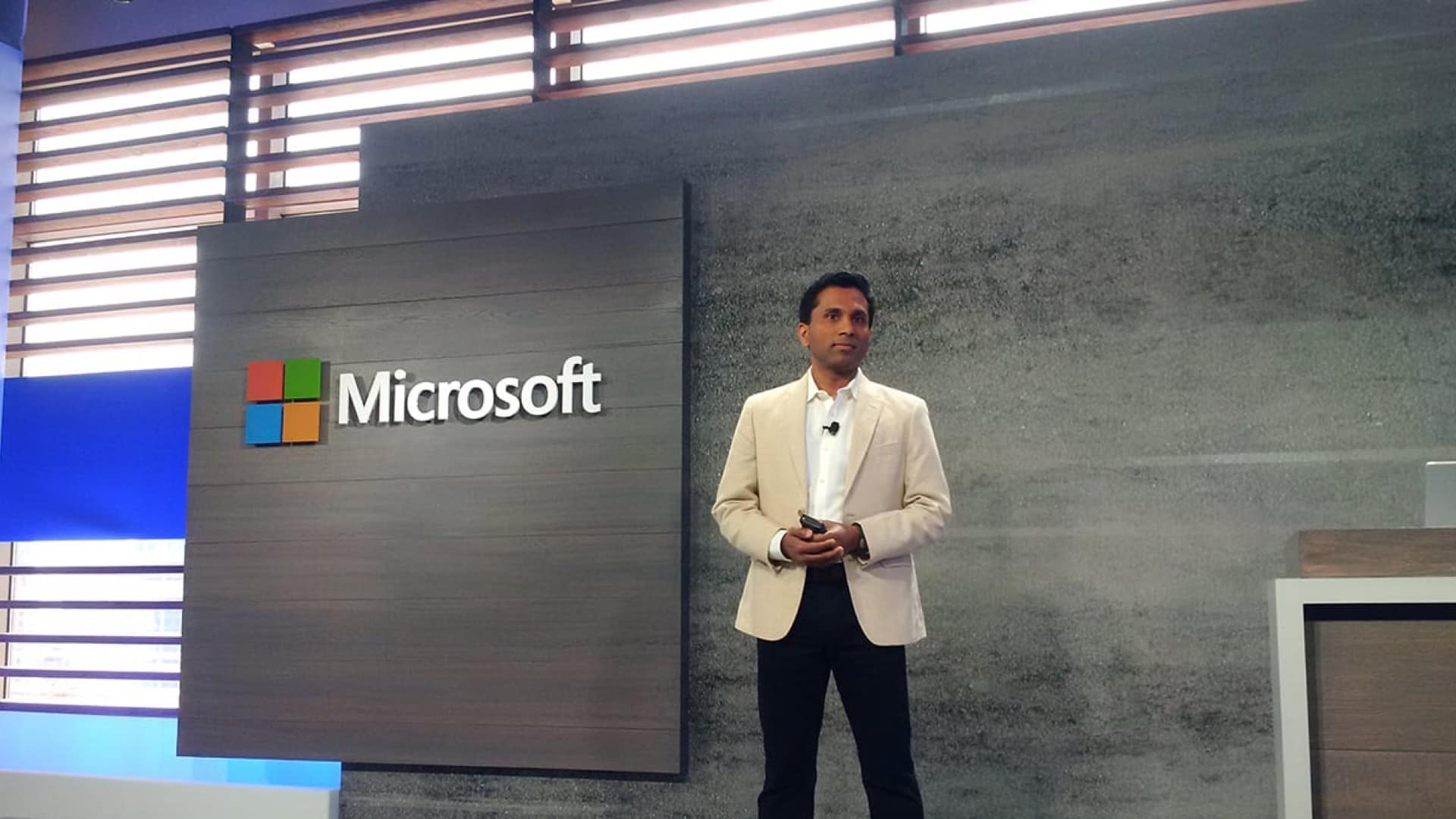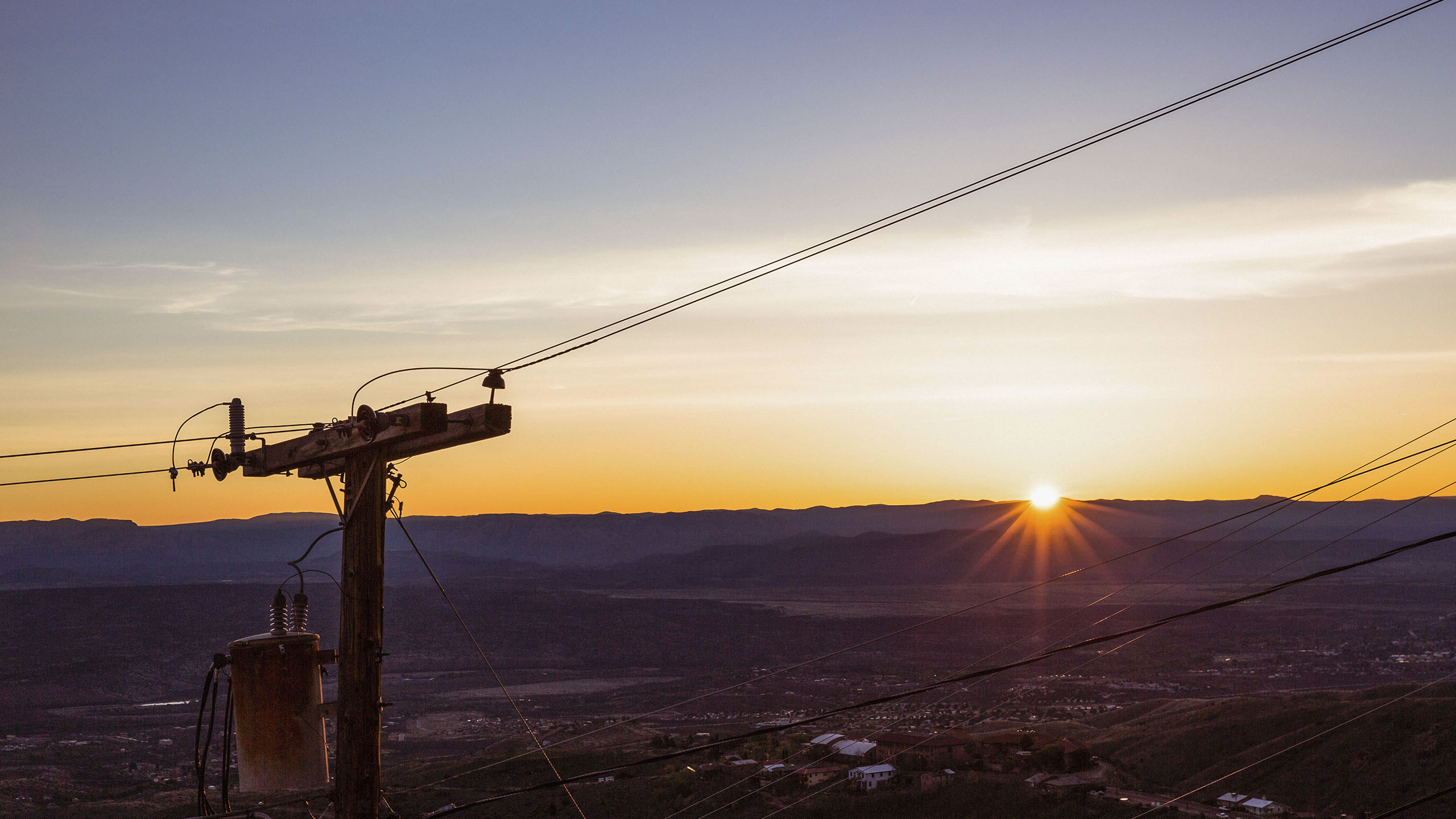Editor’s note: Welcome to the first article in WhereNext’s NextTech series. Each article is separated into three sections: The Situation explains the real-world conditions that make the technology interesting today. NextTech examines the capabilities behind this innovative technology. The Upshot reveals the implications for businesses and consumers.
The rollout of 5G communications promises consumers many things—faster data speeds, deeper IoT functionality, more connections to more devices. But hidden in the hoopla over consumer benefits is the fact that wireless providers—the telecom companies creating the backbone of 5G—also stand to gain. New capabilities in AI, big data, and location tech will help wireless providers analyze coverage quality, predict where future consumers will need access, and separate their network from competitors in the ramp-up to 5G.
The Situation—5G Touts Business, Consumer Benefits
The phones we carry with us may be the most conspicuous beneficiaries of the speed and bandwidth improvements that accompany 5G networks, which will begin to roll out this year. But in a world of IoT, the connection in our pockets is just one information stream in a larger ecosystem. 5G networks also promise greater speed and data capabilities to:
- Business assets such as work trucks, goods in transit, oil wells, even field workers themselves
- Millions of vehicles—from the merely smart to the fully autonomous
- Building systems—for lighting, heating and ventilation, security, and more
- Smart city hardware of all stripes, collecting data on everything from traffic to gunshots
- Smart home devices such as speakers, kitchen appliances, and security systems. (Near term, most of these will remain on WiFi networks connected to broadband fiber networks. But that could change as 5G grows ubiquitous.)
In our personal lives, the speed and reliability of 5G might mean better gaming experiences or binge-watching sessions. In the business world, it will lead to a real-time understanding of operating conditions and quicker, more informed decisions. 5G could enable a CNC machine on the factory floor to quickly download a software update to fix a maintenance issue, or prompt a self-driving car react faster to changing weather conditions.
But 5G won’t automatically eliminate today’s deficiencies. Wireless providers will still be challenged to decrease dropped calls, reduce data latency, and expand network coverage to more customers.
This NextTech segment explores several tools that enlist AI, big data, predictive capabilities, and location intelligence to address those shortfallings and make 5G as reliable as consumers and businesses expect it to be. It also illustrates the increasing value that wireless providers can realize as they move from descriptive technology to predictive and even prescriptive tools.
Each capability below is illustrated by a short video segment.
NextTech—AI, Big Data, Location Analytics, and Predictive Power
As wireless providers design their 5G networks, they have new tools to power two key objectives: ensuring that 5G quality meets customer expectations and spotting new business opportunities.
Here’s a look at how advanced technology—including a mix of location intelligence, artificial intelligence, big data analysis, and demographic predictions—contributes to those business goals.
Ensuring Quality
Wireless providers log records of every dropped call across their network. That data is least useful when it’s trapped in spreadsheets, so wireless companies often plot those calls on smart maps powered by geographic information system (GIS) technology.
This descriptive application of GIS results in thousands of “dropped call” dots strewn across a metro area—at best an incomplete story, at worst a case of data overload. Industry leaders are making their maps smarter with an AI-based function called clustering. To pinpoint clusters of dropped calls, GIS software uses machine learning to analyze similarities among incidents. It then creates a heat map that shows geographic areas where network quality is subpar, alerting network planners to places where they might add access points for optimal 5G coverage.
Expanding Market Opportunities
Smartphones may seem ubiquitous, but in only 29 countries are they used by more than 50 percent of the population. Even in advanced economies such as South Korea, the Netherlands, and the United States, penetration rates remain below 72 percent. Opportunity abounds, and predictive and prescriptive tools are spotting it.
For 5G planners, two prediction tools help zero in on opportunities to add wireless users to their company’s subscriber rolls. Both integrate several cutting-edge tools—including machine learning, big-data processing, and predictive analysis technology.
The first GIS tool for 5G business planning relies on an AI-based technique called emerging hot spots. The technique analyzes data across time—for example, the past five years of data usage by wireless subscribers in Orlando. Instead of revealing individual subscribers, the GIS map shows an aggregation of subscribers in a small geographic area.
To figure out how customer demand is changing and where to add access points to support new business, the GIS-powered AI identifies emerging hot spots (areas where subscribers are using more data) and emerging cold spots (areas where subscribers are using less). The hot spot map shows clearly how customer usage is trending—and suggests where providers should expand capacity.
A fuller picture of 5G opportunities emerges when planners add a prediction tool to the analysis. Fueled by geoenrichment, this process adds layers of demographic insight to smart maps. This allows 5G planners to see projections of how a geographic area will change. If the smart maps predict a population decline in a particular area of Orlando, for instance, 5G planners might focus more investments on an area expected to grow 10 percent over the next five years.
The Upshot—A Chance to Expand and Outpace
Once this technology has predicted where networks should expand, wireless providers can enlist the prescriptive talents of another AI-based tool to plan the build out. This GIS capability incorporates the AI technique of deep learning to detect objects and patterns in images (often satellite images, but also drone shots) and prescribe the most effective next steps. This saves telecoms, utility companies, and others the time and expense of manual investigation.
For instance, if a wireless provider learns from GIS that a certain section of Orlando is ripe for subscriber and network growth, AI can help the company move quickly on the opportunity. A deep learning program embedded in GIS scans imagery of the Orlando area and identifies infrastructure for the buildout—poles of the right height, buildings that might host antennas, and more.
Few industries broadcast their competitive battles as vociferously as telecoms do. Their push to create the highest-quality wireless network and attract the largest subscriber base plays out in commercials, direct-mail flyers, and 20-foot-tall tube creatures that dance and flutter along roadsides near and far.
In that race, every advantage can expand the bottom line of the company that embraces it.
Before this NextTech arrived, wireless providers were stuck with expensive, slow-going labor-intensive inspections as they sought to expand capacity and add subscribers. In each case above, NextTech is eliminating manual processes and increasing the descriptive, predictive, and prescriptive insights that drive important business decisions.
Wireless networks serve as the circulatory system of the digital age—a vital link to information, understanding, and action. As businesses and consumers anticipate the rollout of 5G, providers are finding that a suite of NextTech tools illuminates ways to improve network quality and spot and seize new business opportunities.
(For an overview video describing all the tech in this article and related techniques, click here.)
The Esri Brief
Trending insights from WhereNext and other leading publicationsTrending articles

December 5, 2024 |
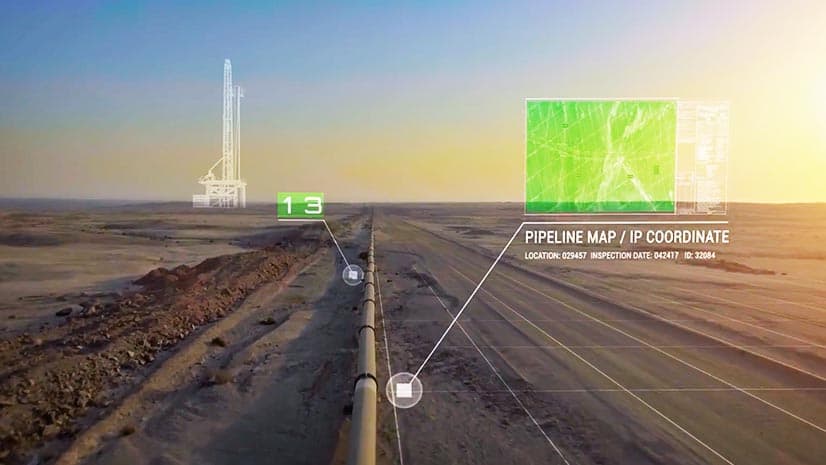
November 12, 2018 |

July 25, 2023 |

February 1, 2022 |
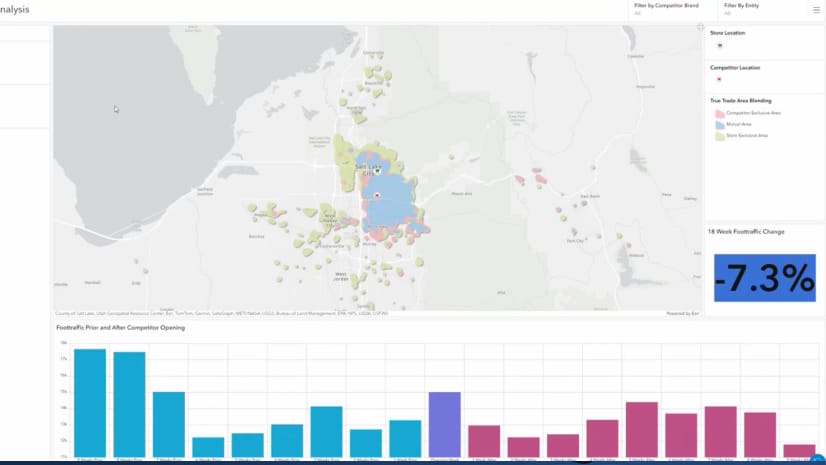
November 18, 2025 |
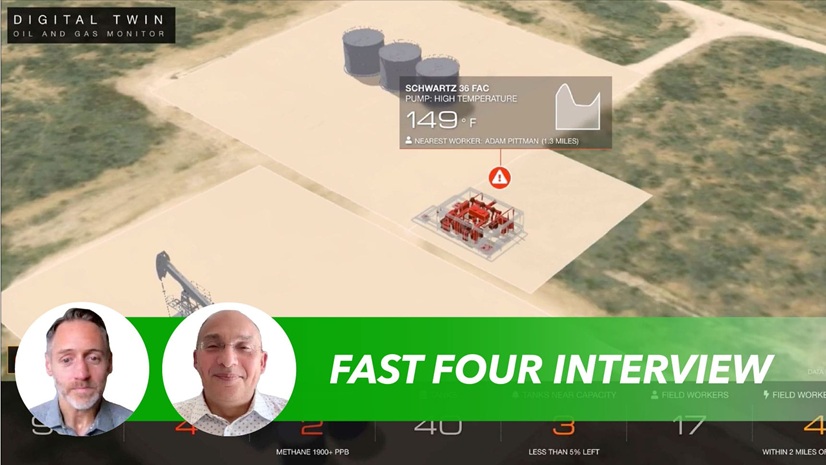
November 24, 2025 | Multiple Authors |
